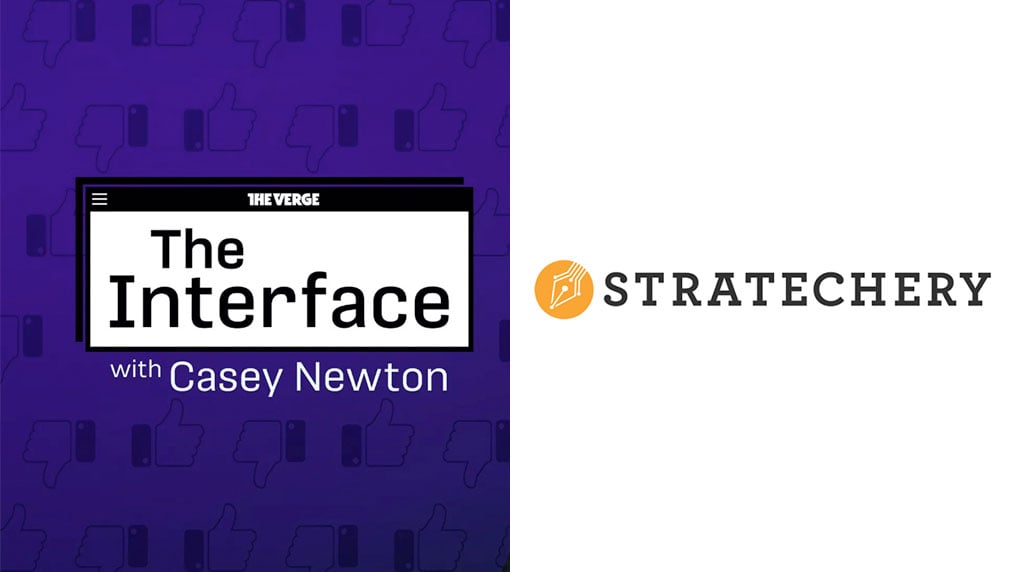Preparation is a vital element to successfully handle any project, event, or anniversary. When it comes to the future, how can you get ready for something when you’re not sure what that something might be? Especially as the speed of change in the digital marketing world continues to accelerate, it can be difficult to predict what the landscape will look like in a decade’s time.
We recently shared three marketing predictions we believe could be possible by the year 2024. However, it’s futile for us to prepare you for the future by writing about “How to develop a marketing strategy for smart contacts” when the technology doesn’t exist yet. So, how can you adjust for the future of digital marketing, now?
First of all, you need a healthy 20/20 perspective (learn how to achieve this here). Once you have this perspective, here are some ways to help you put it into action.
Be beta than the rest
You can gain a competitive edge by gaining early access to new software before it hits the masses. Beta programs give you the time to get familiar with the functionality and form strategies before the rest of the industry – keeping you ahead of the curve.

Major platforms such as Google, YouTube and Facebook release beta programs that can impact marketing efforts. Yes, you may deal with glitches since you’re helping the platform test the software. However, they usually perform very well from the get-go and can be further improved with your feedback.
You can gain access by researching what’s available and signing up for access to the beta. In some cases, such as Google, you need to be a selected Google Premier Partner in order to get access to betas as soon as they’re released. If you don’t have the capabilities in-house to qualify for a partner status, you can access their betas when you partner with an agency that does. For example, we were able to leverage Google beta programs for Loeffler Randal which contributed to their great results.
Run internal workshops
Great work and innovation are often the result of collaboration. We’re not so much talking about external collaborations like GoPro and Red Bull. We’re talking about the everyday collaborations that happen within businesses that make them successful. Bringing minds together helps create, mould and challenge ideas and beliefs. It also helps businesses brainstorm solutions to current or future issues. For these reasons, running a collaborative workshop is an effective way to bring people together to identify problems, solutions, and opportunities.

How to run a successful workshop
To make a workshop successful, you should:
- Narrow the focus – keep the workshop focused on a specific topic or question.
- Have an end-goal in mind – and make sure everyone involved knows what it is.
- Control the number of participants – You should have enough participants to allow for a good number of opinions while ensuring each participant has time to speak up.
- Set the right tone – the location, introduction, and mediator will influence this. Usually, you want to set a relaxing, fun and friendly tone to make all participants feel comfortable and help encourage their creativity.
- Have it well planned out – allocate time for each part of the workshop and stick to it.
- Include a break – if the workshop is one hour or more.
- Have a strong mediator – who can set the right tone and run it efficiently.
- Know how the outcomes will be recorded – will an assistant take notes or will you video the workshop?
Read about upcoming technological advances
No doubt you’re subscribed to a number of industry e-newsletters, blogs and trade journals. However, do any of those discuss technological advances before they become mainstream? These types of sources are important for two reasons:
- Digital marketing is strongly influenced by technology. Knowing the next technological innovation in the making can give you the time to start thinking about how you can incorporate it into your marketing activities so that when it comes out, you’ll be one of the first off the mark.
- Many industry news sources report on new technologies just before, or during the week, they launch. By the time you’ve learned about it and included it into your marketing strategy, it’s no longer new and you’ve lost the chance to turn it into a competitive advantage.
Two sources we like to follow are Stratechery by Ben Thompson and The Interface by Casey Newton. Both of these sites discuss new technologies being developed as well as the influence certain technology has on society and vice versa.

Being proactive about the future and finding new ways to create more growth for your business is a key differentiator between the organizations that make it and those who don’t. If you’re concerned about how future-proof your marketing efforts are, feel free to chat with us.
Otherwise, discover two workshop activities you can do in-house – complete with free templates.